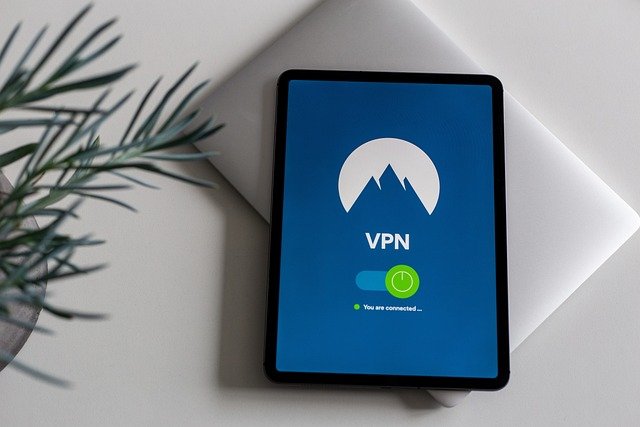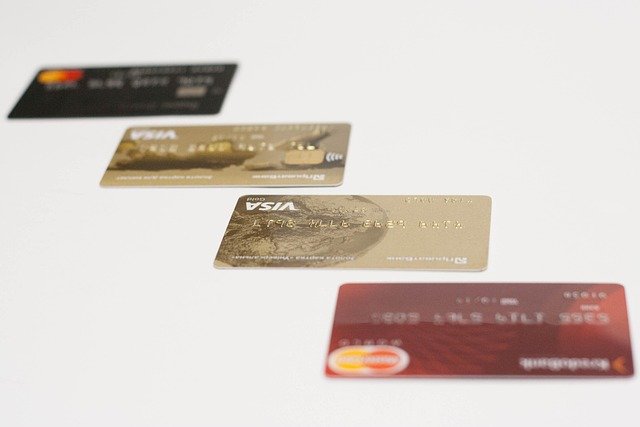Unveiling the Potential of Fixed Wireless Access
With the continuous growth of internet users worldwide, the demand for faster and more reliable connectivity solutions has never been more critical. Enter the world of Fixed Wireless Access (FWA), a promising solution that offers high-speed internet access without the need for physical cable connections. This article explores the fascinating world of FWA, its impact, challenges, and its practical applications in today's digital era.

A Glance at Fixed Wireless Access: Yesterday and Today
Fixed Wireless Access is not a new phenomenon. Its roots trace back to the early 1990s when telecommunication companies started using wireless technology to provide broadband internet in areas where laying cables was impractical or too costly. However, the technology was plagued with issues like limited bandwidth and poor signal quality, making it a less popular choice compared to fiber or DSL.
Fast forward to today, and FWA has undergone a significant transformation. Thanks to advancements in wireless technology, FWA can now provide comparable or even superior speeds to traditional broadband connections. It has become a viable alternative for delivering high-speed internet, especially in remote or underserved areas.
Understanding Today’s FWA Landscape
The present FWA landscape is shaped by several factors. To begin with, the rise in remote work and online activities due to the COVID-19 pandemic has increased the demand for reliable internet connection. Additionally, technological innovations, such as improvements in antenna design, signal processing, and the advent of higher-frequency bands, have enhanced FWA’s performance capabilities.
In terms of regulation, government initiatives worldwide are promoting broadband accessibility. In the U.S., for instance, the Federal Communications Commission’s Rural Digital Opportunity Fund aims to bring high-speed fixed broadband service to rural homes and small businesses, with FWA being one of the solutions.
The Impact of FWA: Bridging the Digital Divide
One of the most significant impacts of FWA is its potential to bridge the digital divide. This term refers to the gap between people who have access to computers and the internet and those who do not. By providing an affordable and reliable internet connection, FWA can help ensure that everyone, regardless of their location, has access to the digital world.
However, implementing FWA is not without challenges. It requires significant investment in infrastructure, such as base stations and antennas. Furthermore, signal interference and geographical obstacles can affect the quality of the connection. Nevertheless, with continuous research and advancements in technology, these hurdles can be overcome.
Practical Applications of FWA
FWA has a wide range of practical applications. For businesses, it provides an alternative to traditional wired connections, allowing for quick deployment and scalability. For consumers, especially those in remote areas, it offers a reliable and high-speed internet connection. Additionally, it can be used in temporary setups, like events or construction sites, where laying cables is not practical or cost-effective.
In A Promising Future for FWA
Despite the challenges, the future of Fixed Wireless Access looks promising. With ongoing technological advancements and increasing demand for high-speed internet, FWA has the potential to play a crucial role in shaping the future of internet connectivity. As we move forward, it will be interesting to see how this technology evolves and how it will impact our digital lives.




